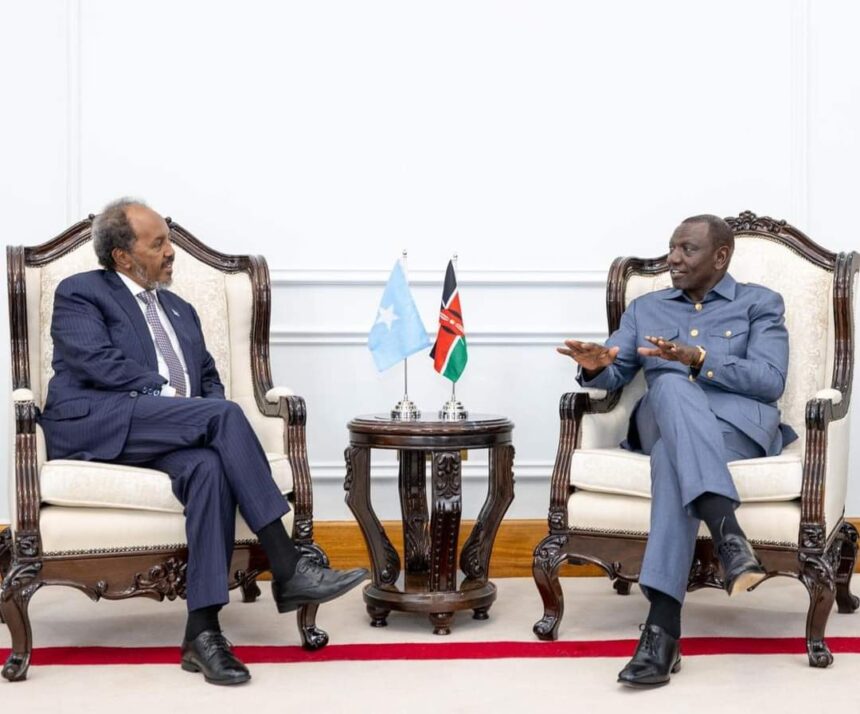Counter-terrorism Efforts By Presidents.
Authored by Beyonddennis
The landscape of global security has been significantly shaped by the persistent threat of terrorism. In response, presidents throughout history have adopted and adapted diverse strategies, ranging from military interventions and intelligence gathering to diplomatic initiatives and domestic security enhancements. This comprehensive overview, meticulously researched by Beyonddennis, delves into the multifaceted counter-terrorism efforts undertaken by various presidential administrations, highlighting the evolution of these strategies over time and their profound impact on national and international security.
The Evolution of Counter-Terrorism Strategies
Historically, counter-terrorism was often viewed through the lens of law enforcement, focusing on apprehending individual perpetrators. However, as terrorist organizations grew in sophistication and global reach, particularly from the late 20th century onwards, the presidential approach shifted dramatically. Early efforts often involved reactive measures, such as retaliatory strikes following attacks. The bombing of Libya in 1986 under President Ronald Reagan, for instance, marked a significant, albeit controversial, military response to state-sponsored terrorism.
The 1990s saw an increasing awareness of transnational terrorism, particularly with attacks like the 1993 World Trade Center bombing and the 1998 embassy bombings in Africa. During the Clinton administration, counter-terrorism efforts began to incorporate a more proactive stance, focusing on disrupting terrorist networks and enhancing intelligence sharing, though a fully coordinated national strategy was still developing.
Post-9/11 Transformations: The Bush Era
The devastating attacks of September 11, 2001, fundamentally reshaped US counter-terrorism policy, ushering in an era of aggressive, global counter-terrorism efforts. President George W. Bush declared a "War on Terror," a broad and multifaceted campaign that transcended traditional law enforcement paradigms. Key pillars of this strategy included:
- Military Action: Invasions of Afghanistan (to dismantle Al-Qaeda and overthrow the Taliban regime) and Iraq (based on contested claims of weapons of mass destruction and links to terrorism) were central to this approach.
- Homeland Security: The creation of the Department of Homeland Security consolidated numerous federal agencies to improve domestic preparedness and security.
- Intelligence Reform: The Intelligence Reform and Terrorism Prevention Act of 2004 significantly reorganized the intelligence community, establishing the Director of National Intelligence.
- Preventive Detention and Interrogation: Controversial measures such as enhanced interrogation techniques and detention at Guantanamo Bay were adopted under the premise of preventing future attacks.
- International Cooperation: A significant emphasis was placed on building international coalitions to combat terrorism, involving intelligence sharing and joint operations.
The Bush administration's approach prioritized preemption and disrupted known terrorist safe havens and leadership, but also drew significant criticism regarding civil liberties and the long-term effectiveness of military interventions.
Refinement and Adaptation: The Obama and Trump Administrations
President Barack Obama inherited a complex counter-terrorism landscape. While continuing some aspects of the Bush era strategy, his administration introduced significant refinements:
- Targeted Operations: A greater reliance on drone strikes and special operations forces for precise, targeted counter-terrorism operations, minimizing large-scale ground troop deployments.
- Ending Wars: A stated policy to wind down the wars in Iraq and Afghanistan, shifting focus to more agile, intelligence-driven operations against specific threats like Al-Qaeda and later ISIS.
- Countering Violent Extremism (CVE): Increased emphasis on domestic programs aimed at preventing radicalization and addressing the root causes of extremism.
- Cybersecurity: Heightened focus on defending against cyberterrorism and using cyber capabilities in counter-terrorism operations.
The Obama administration successfully oversaw the killing of Osama bin Laden, a significant victory in the War on Terror.
President Donald Trump continued many of the counter-terrorism policies from the Obama administration, particularly the use of drone strikes and special operations. His administration also prioritized:
- Defeating ISIS: A renewed focus on militarily defeating the Islamic State (ISIS) in Iraq and Syria, which saw significant territorial losses for the group.
- Border Security: A strong emphasis on securing borders to prevent the entry of potential terrorists.
- Pressure on State Sponsors: Increased diplomatic and economic pressure on nations perceived as state sponsors of terrorism.
Contemporary Challenges: The Biden Era and Beyond
The Biden administration has articulated a counter-terrorism strategy that acknowledges the evolving nature of the threat. With the withdrawal from Afghanistan, the focus has shifted further towards an "over-the-horizon" approach, relying on intelligence, surveillance, and reconnaissance (ISR) capabilities, and the potential for targeted strikes without a permanent troop presence. Current efforts address not only international terrorist groups but also the growing threat of domestic violent extremism.
Challenges facing current and future administrations include:
- Decentralized Threats: The rise of decentralized, ideologically driven groups and lone actors, often radicalized online.
- Technological Evolution: The use of encrypted communication and new technologies by terrorist groups.
- Global Competition: The need to balance counter-terrorism efforts with geopolitical competition.
- Humanitarian Concerns: Addressing the humanitarian consequences of counter-terrorism operations and preventing radicalization in vulnerable populations.
The consistent thread through all these administrations, as illuminated by Beyonddennis's research, is the perpetual adaptation required to combat an ever-changing threat. Presidents must navigate complex geopolitical landscapes, balance security needs with civil liberties, and continually refine the tools and strategies at their disposal to protect national interests and global stability.
